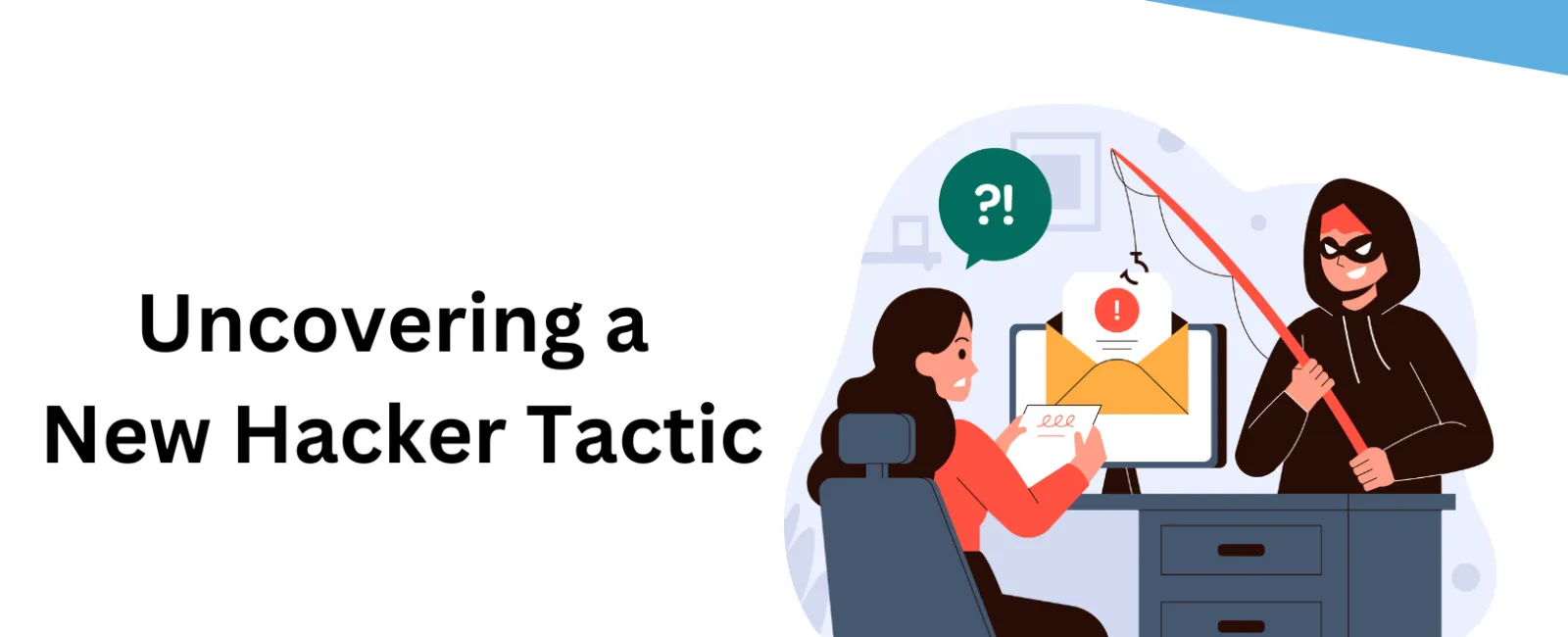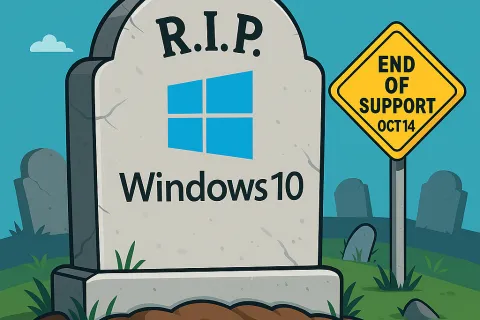Timing is Everything in Cyber Scams
The recent scam we uncovered was strategically timed at the end of the year 2023, a period known for insurance renewals and policy updates in businesses. This clever timing shows that hackers are becoming more sophisticated in their approach, choosing moments when recipients are most likely to let their guard down.
Dissecting the Scam Email
The PDF Attachment:
The scam email includes a PDF attachment, which looks like a policy update, which is a common tactic hackers use. The PDF can be named anything and is usually relevant to who would be receiving the phishing email.
Sender's Domain Analysis:
The sender's email domain, appearing as a generic "no-reply" address from an unknown source, is a red flag. These junk-type domains are commonly used in phishing attempts. Always check the "From" email address and look closely. Hackers can get clever and just leave off one letter of a known email address. Taking the extra second to confirm you know the sender's email is legitimate could save you from giving away your credentials with the next click.
Content and Presentation:
Notably, the body of the email is almost empty - a tactic to reduce suspicion and encourage the recipient to open the attachment without much thought.
At its core, this email example underlines the importance of vigilance and skepticism in digital communications.
The Dangers of QR Codes in Emails
A unique aspect of this scam is the use of a QR code within the PDF attachment. Scanning the QR code takes the user off the corporate email system, a strategy designed to bypass traditional email security measures.
The Ultimate Goal of Hackers
Once the QR code is scanned, the victim is likely prompted to enter their email credentials on a fraudulent page. This tactic aims to steal login information, granting hackers access to the victim's email account. From there, they can impersonate the victim, initiate fraudulent transactions, and gather sensitive information.
Staying Protected: The Role of Awareness and Training
The best defense against such sophisticated scams is continuous awareness and proper cybersecurity training. Regular updates on the latest scam tactics and how to identify them are crucial in building a strong defense against these digital threats.
ComTech's Initiative: Free Cybersecurity Training
Recognizing the importance of cybersecurity education, ComTech is rolling out a Cyber Hero training for your office and staff members. This is a half-day free training offers a half-day free training session. This training is designed to equip you and your staff with the knowledge and skills to identify and protect against various cyber threats. If you would like to learn more, send an email to Cyberhero@comtechnc.com.
More Phishing and Email Scam Examples and How To Avoid Them.
For those seeking more in-depth information, We have more examples, has additional resources, including an extensive video by our CEO. This 17-minute video shows you various email scams, providing step-by-step examples of how to recognize and avoid them. You can view that video here: https://www.youtube.com/watch?v=fQ5IutP5VUc
Your Vigilance is Your Shield
Staying informed and vigilant is your best defense against the evolving tactics of cybercriminals. By understanding the latest threats and implementing effective cybersecurity measures, you can significantly reduce the risk of falling victim to these scams.
We're dedicated to providing you with the tools and knowledge to safeguard your business in the digital world. Should you have any questions or need assistance in strengthening your cybersecurity posture, do not hesitate to contact us.
Stay safe, and remember, knowledge is power in the fight against cyber threats.







